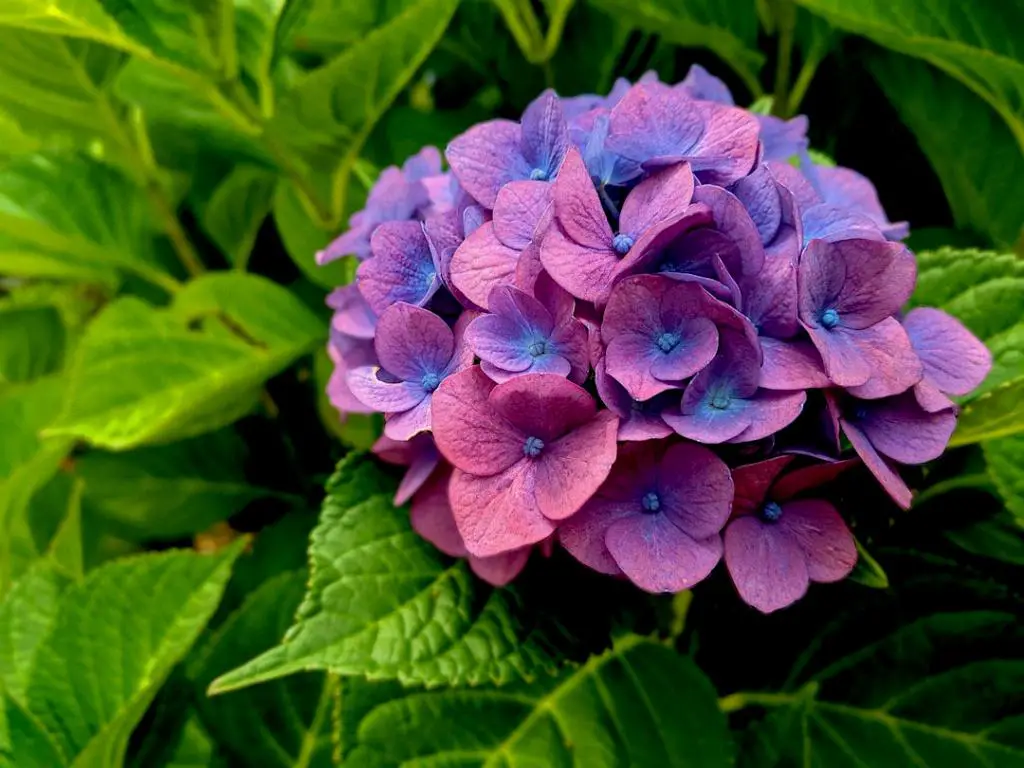Transplanting hydrangeas can be a simple and rewarding process that allows you to relocate your beloved plants to a new location. With just a few steps and proper care, you can ensure a successful transplant and enjoy beautiful blooms in their new home.
First and foremost, timing is crucial when it comes to transplanting hydrangeas. It’s best to plan the transplant before the ground freezes over, ensuring that the plants have enough time to establish themselves in their new location before winter sets in.
When selecting a new spot for your hydrangeas, opt for a location that offers partial shade. Hydrangeas thrive in areas that receive some sunlight but not too much. This will help prevent the plants from wilting or drying out during the transplanting process.
As you begin the transplant, take care to dig carefully around the base of the hydrangea plant. Use a sharp spade to create a wide and deep hole, ensuring that you capture as much of the root system as possible to minimize shock to the plant.
Once you have carefully dug up the hydrangea, it’s time to plant it in its new home. Make sure to dig a hole that is slightly larger than the root ball of the plant to allow for proper growth. Place the hydrangea in the hole and backfill with soil, gently patting it down to remove any air pockets.
After planting, give your hydrangeas a generous drink of water to help them settle into their new environment. Hydrangeas are thirsty plants, so be sure to keep the soil moist but not waterlogged to promote healthy growth.
As you observe your transplanted hydrangeas, keep a close eye on them for any signs of stress or wilting. Regularly check the soil moisture levels and adjust your watering schedule as needed to ensure that the plants are thriving in their new location.
One final step to consider after transplanting hydrangeas is mulching. Applying a layer of organic mulch around the base of the plant can help retain moisture, regulate soil temperature, and prevent weeds from invading the area.
By following these simple steps and providing the proper care, you can successfully transplant your hydrangeas and continue to enjoy their beautiful blooms in a new location. Remember, patience and attention to detail are key when it comes to ensuring the health and vitality of your transplanted hydrangeas.

